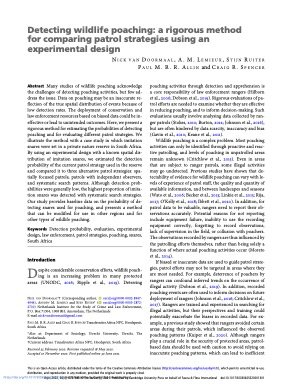By Dan Werb, dwerb@health.u HaeSeung Sung ∙ Yingbo Naa ∙ Indhu Rammohana ∙ Jolene Eeuwesa ∙ Ashly Smoke∙ Akwasi Owusu-Bempah, Thomas Kerr,g, and Mohammad Karamouzian
Background Supervised consumption services (SCS) are effective at preventing overdose mortality. However, their effect on public safety remains contested. We investigated homicide rates in areas near SCS in Toronto. Methods We classified coroner-reported fatal shootings and stabbings (January 1st, 2010 to September 30th 2023) by geographic zone: within 500 m (‘near’), between 500 m and 3 km (‘far’), and beyond 3 km of an SCS (‘out’). We then used Poisson regression to calculate the rate ratio (RR) across zones 18, 36, 48, and 60 months pre vs. post SCS implementation. Finally, we compared spatial homicide incidence prior to and after the date of the implementation of each SCS using interrupted time series (ITS). Findings Overall, 956 homicides occurred, and 590 (62%) were fatal shootings and stabbings. There was no meaningful change in the rate of fatal shootings and stabbings within 3 kms of SCS (near and far zones) after their implementation. However, between 48 and 60 months pos-implementation, we detected an increase in out zones. In an ITS analysis, we observed a reduction in the monthly incidence in near zones and an increase in out zones. Interpretation SCS implementation was not associated with increased homicide rates; instead, we observed a reduction in monthly incidence near SCS. These results may inform drug market activity responses that optimize community health and safety.
The Lancet Regional Health – Americas, Volume 43, 2025. 101022





















